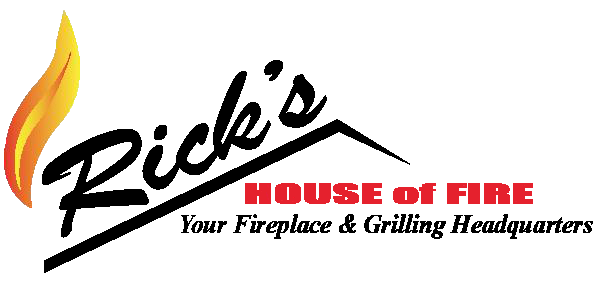Gas Burning Maintenance
Gas fireplaces, stoves, and inserts are designed to safely provide years of comfort, warmth and relaxation. To ensure they can do their job, these products require proper installation, maintenance, and operation.
Gas Burning Maintenance Tips
Professional installation by a qualified technician is essential to the proper performance and safety of a hearth product and its venting system. Unlike a malfunctioning refrigerator, a hearth product that doesn’t do its job properly can have serious consequences. Many specialty retailers offer installation by factory-trained and/or nationally certified staff. To verify if an installer is certified, contact the National Fireplace Institute (NFI).
Gas fireplaces, stoves, and inserts also require routine maintenance and service to ensure their proper working order. The best person to perform the service is a specialty technician who is trained in the maintenance of gas fireplaces, and their venting, or chimney, systems. Before lighting the first fire of the season, there are a few important safety tips to remember.
- Have a technician check the gas lines, clean the burner, control compartment, fan and related air circulation passages, as well as check for condensation annually.
- Ensure the vents are unobstructed and able to do their job.
- Check the batteries in the carbon monoxide detector.
- Clean the glass and adjust the glowing embers and logs for best appearance.
- Be alert for unusual odors or flames, which are often a sign that the fireplace is not operating properly.
- Make family members and guests aware that the glass panel of a gas fireplace, stove, or insert can be very hot. Installing a safety screen or safety barrier is recommended to reduce the risk of serious burns by preventing direct contact with hot glass.
